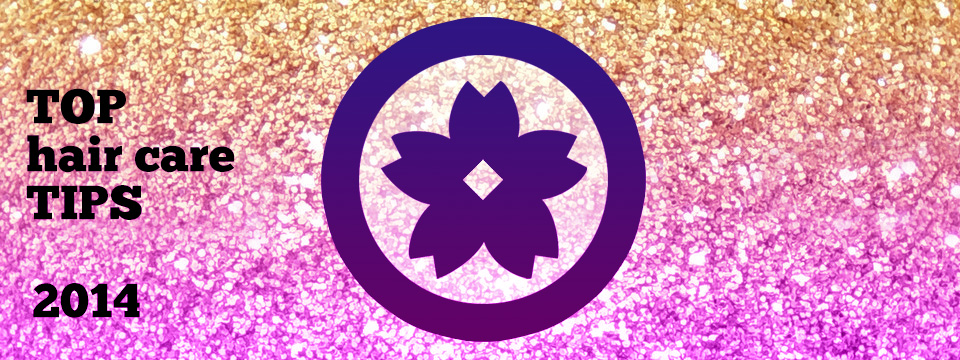Hair holds a profound significance across diverse cultures. From fashion statements to deeply rooted spiritual practices, it plays an integral part in our identities. But have you ever wondered, “How do Native Americans grow their hair so long?” This inquiry isn’t just about achieving enviously long locks, but it speaks volumes about the Native American culture, traditions, and values. Let’s unravel this mystery strand by strand.
How do Native Americans grow their hair so long?
Native American tribes across North America are known for their illustriously long and healthy hair. This isn’t a result of mere coincidence, but rather a combination of cultural practices, natural remedies, and inherited genetics. Here’s a peek into their secret regimen.
Historical Significance of Hair in Native Culture
- Spiritual Significance of Hair
In many Native American tribes, hair isn’t just a physical attribute. It’s a spiritual antenna, connecting individuals to the universe, ancestors, and the Earth. Growing hair long is often seen as a way to strengthen this spiritual connection and honor ancestors.
- Hair as a Symbol of Strength
Warriors in several tribes grew their hair long as it was believed to be a source of their strength and prowess in battle. The longer the hair, the more respect it commanded, making it a symbol of honor and pride.
Genetic Factors
- Inherited Traits from Ancestors
Genetics play a pivotal role in hair growth. Many Native Americans inherently have thicker hair cuticles, which reduces breakage and promotes length. This is a gift from their ancestors, passed down through generations.
- The Role of DHT in Hair Growth
Dihydrotestosterone (DHT) affects hair growth and can lead to thinning in many individuals. Some studies suggest that certain Native American communities might have lower DHT levels, aiding in longer, healthier hair.
Traditional Hair Care Techniques
- Natural Oils and Remedies
Native Americans historically used natural ingredients like jojoba oil, yucca, and bear grease to moisturize and strengthen their hair. These organic remedies prevented split ends and promoted growth.
- Regular Braiding and Protective Styles
Braiding isn’t just an aesthetic choice; it’s also a protective technique. Regular braiding prevents breakage and tangling, which can stunt hair growth. Additionally, other protective styles keep hair safe from environmental damage.
- Diet and Nutrition
A balanced diet rich in omega fatty acids, proteins, and antioxidants supports healthy hair growth. Native Americans traditionally consumed a diet filled with fish, nuts, berries, and vegetables, which played a crucial role in hair health.
… [content continues under other headings and subheadings]
FAQs
How often did Native Americans traditionally wash their hair? Using natural ingredients, they washed their hair as needed, depending on their environment and personal preferences.
Did all Native American tribes grow their hair long? No, hair practices varied among tribes, with some choosing short or styled hair for specific reasons.
Is it appropriate for non-Native people to adopt these hair care practices? While adopting hair care techniques is fine, it’s essential to do so respectfully without appropriating cultural symbols or styles.
How do Native Americans view hair loss or cutting? Views on hair loss or cutting differ among tribes. For some, cutting hair is a deeply personal decision, often linked to significant life events.
Do these practices work for everyone? While many practices promote hair health, genetics and individual factors can influence results.
Are there specific ceremonies linked to hair in Native American culture? Yes, several ceremonies involve hair, from cutting rites to celebrations of milestones.
Conclusion
The journey of understanding how Native Americans grow their hair so long takes us through a maze of history, spirituality, and practical wisdom. It’s more than just about hair; it’s a testament to their profound connection with nature, their ancestors, and the universe. While we can all draw inspiration from their practices, it’s equally important to approach them with respect and admiration.



